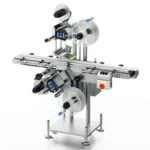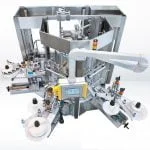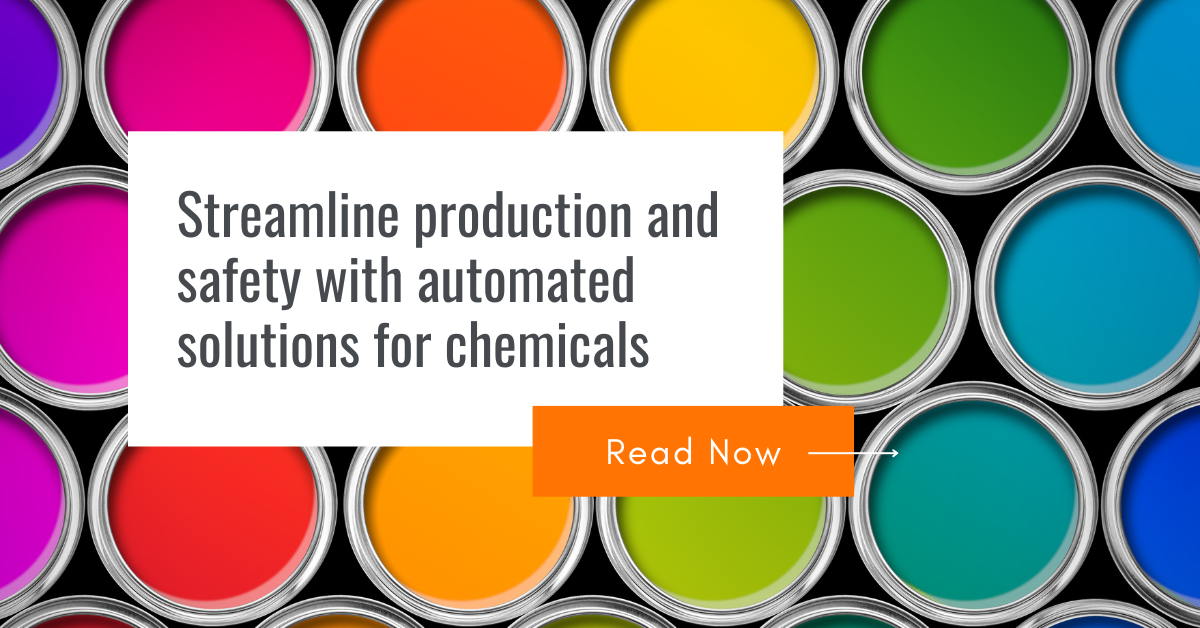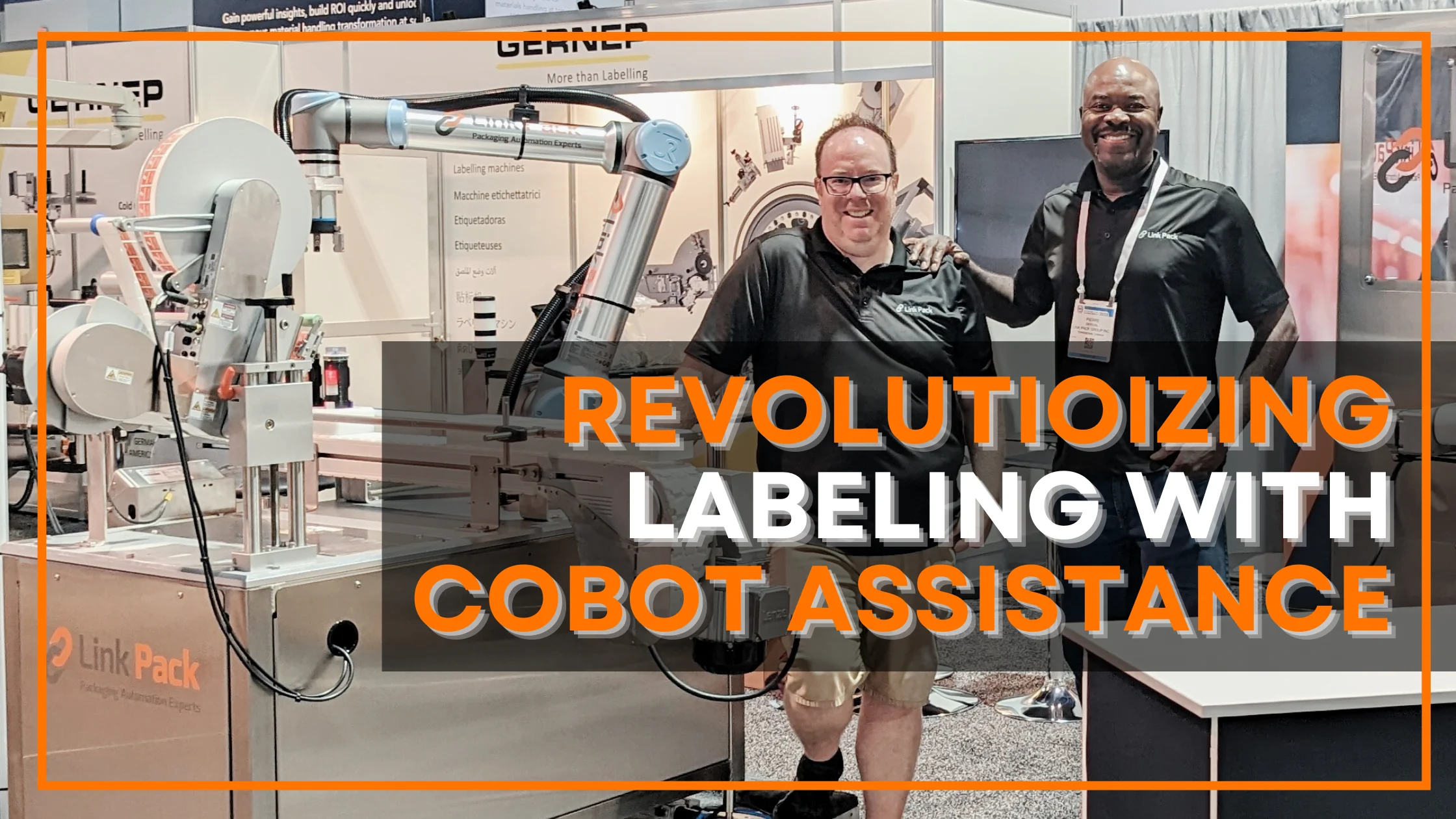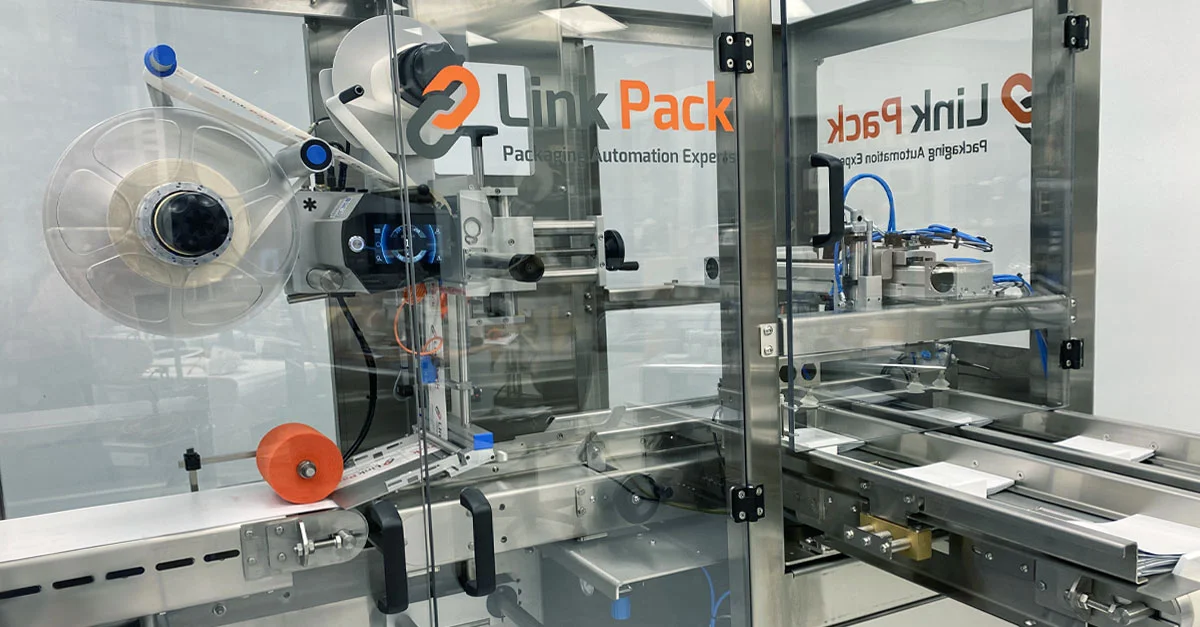
Industrial Labeling Machines Boost Vitality
Stop Labeling by Hand
Surprisingly, many labeling operations are still performed by human hands – even in our era of automation! That being said, everyone must start somewhere, and not everyone has the means to fork out the sums necessary to automate right off the bat. Most will begin with manual operations, but any self-respected entrepreneur will want to invest to ramp up operations and carve themselves out a spot in the competitive consumer goods landscape.
As brand recognition and demand increase, hand labeling becomes increasingly more tedious and tends to generate more inconsistency, trapped air bubbles, damaged, or wasted labels & products, and misalignment. The next step is to incorporate machinery that will enhance labeling capacity and employ labor in other, more meaningful tasks. Machinery cost will vary depending on features and ability – but as we all know, “time is money,” and ROI is just around the corner!
High efficiency and affordability make labeling machinery an undeniable ally in manufacturing. One Machine can last about ten years and cost around 50,000 to 100,000 dollars – not to mention a simple linear labeler can replace up to 8 people on a production line. Compared to managing a whole team, pressure-sensitive industrial labeling machines are suitable for various food and beverage productions with the possibility of attaining exciting speeds. They offer reliability, precision, and cleanliness – and ensure your production never suffers even when labor is hard to come by & even more challenging to keep for long.
Here are some of the best ways to evaluate a machine before making a choice:
- Capacity: Labels/hours
- Controls: Type of control (foot pedal vs. HMI)
- Waste recovery: Label liner rewinder
- Roll Capacity: Min. and max. label roll core & diameter
- Label Materials: Supported label films
- Label positioning: Multiple applicator heads
- Container size(s): Accommodation of multiple sizes
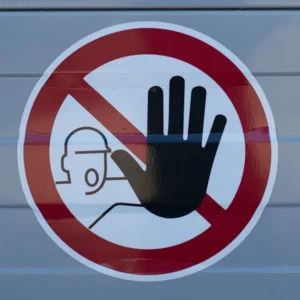
Industrial Labeling Machines – in a Flash
Labeling is an essential aspect of product marketing because it shouts out loud and clear just who and what you and your product represent – you’d best make sure your best foot is put forward! Sure, packaging is mainly used for convenience and information transmission through branding, identification, coding, and in many cases, tamper evidence and tax labeling; they are an invaluable way to communicate important information to consumers and facilitate traceability and safety. Handling this step wrong or carelessly speaks volumes to consumers making split-second decisions on the cover of the book rather than its contents – so being stingy or cutting corners on this step is risky.
Most machines serve as stand-alone or inline machinery. Link-Pack Labelers are designed to be used as stand-alone units for slower small-batch production but have the flexibility to be integrated into an assembly line and attain higher speeds. Choosing the proper labeling system for your current & future projects will play an important role in achieving your long-term goals!
High efficiency and affordability make industrial labeling machines an undeniable ally in manufacturing. One Machine can last about ten years and cost around 50,000 to 100,000 dollars – not to mention a simple linear labeler can replace up to 8 people on a production line. Compared to managing a whole team, pressure-sensitive linear machines are suitable for various food and beverage productions with the possibility of attaining exciting speeds. They offer reliability, precision, and cleanliness – and ensure your production never suffers even when labor is hard to come by & even more challenging to keep for long.
Labeling Automation Options
Link Pack Labelers offer two levels of automated label application to best suit industry needs and requirements. You may still need a pair of hands but never as many as necessary to attain the same output as these systems will allow.
- Semi Automated Industrial Labeling Machines requires operator assistance to perform manual feed or to position the product on the infeed conveyor. Operator assistance is also necessary to remove the labeled product from the outfeed conveyor or accumulation table. This solution is often used in small industries with more minor production needs. They are usually a cost-effective way to achieve high accuracy and consistency.
- Fully Automated Industrial Labeling Machines requires little to no operator assistance. Most steps are carried out on an assembly line where conveyor belts transport the product through the various machines executing specific steps. Automatic machines offer higher production volumes while maintaining superior accuracy.
Industrial labeling machines come in different shapes and sizes and understanding the differences between the types of machines offered for industrial or manufacturing settings is paramount to your growth.
You will see references to linear and rotary machinery – the apparent difference is how the product travels through the machine for labeling. Linear devices have the capacity to apply labels in a variety of dispositions like top & bottom, front & back, and even wraparound labels. As for rotary labelers can only handle rigid containers that travel in a circular motion on a carousel for top, neck, body, and wraparound labeling.
- Linear labeling Systems
These machines are broadly used in packaging operations and are incredibly user-friendly. They move the product in a straight line and can incorporate one or many labeling heads to efficiently apply an assortment of labels in nearly any disposition. This labeler often employs belts, spacing wheels, and linear guides to align the product headed for the label applicator. Linear labeling systems apply pressure-sensitive labels onto clamshells, food trays, tubs, cartons, boxes, jars, and bottles. Most linear labelers offer optional visual detection systems to perform basic product orientation before labeling.
- Rotary Labeling Systems
These machines are much more robust and perform at much higher speeds while executing several more complex label applications. In this system, bottles and jars enter a star wheel and are positioned on bottle plates while rotating on a carousel at extremely high speeds. With the possibility of multiple non-stop label applicators, one system can house numerous types of applicators ranging from pressure-sensitive, hot melt, and cold glue. Consequently, you can expect rotary machines to be larger than their linear counterparts.
Bigger. Better. Faster. Stronger
Every business aspires to increase throughput, improve craftsmanship, reduces errors, and overhead costs. Labeling is often one of the first automation projects undertaken because of its low cost and interconnectivity with other steps like packaging, coding, serialization, and product inspection. Contact us to quickly assess what level of automated labeling fits your needs & budget.
More Blogs of Interest
Automated Packaging Solutions Tailored for Chemicals and Coatings
automated packaging solutions have become the key to overcoming common production hurdles....
Cannabis Labeling Machines: Fueling Growth in the Cannabis Industry
Cannabis is the new frontier, and growth is expected to grow solidly for the next few year...
Cobot-Assisted Precision: Link Pack’s Breakthrough Prototype
Introducing a groundbreaking cobot-assisted labeling prototype, bridging gaps in precision...



